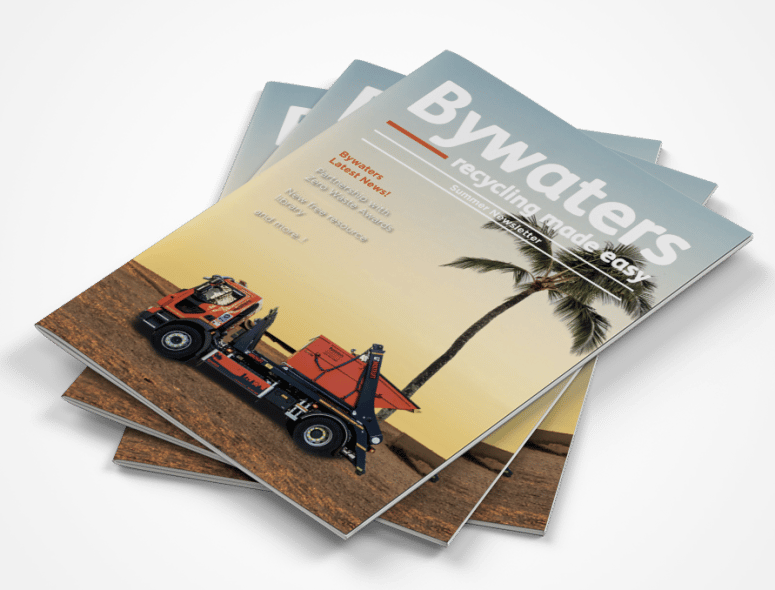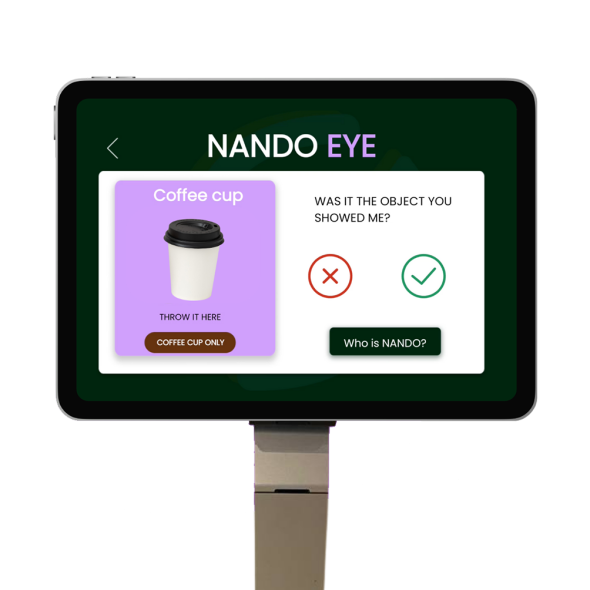Contact us today for your Free Quote
There are so many recycling symbols in the UK, it can be confusing to know what to do. Our handy guide breaks down the symbols to make recycling easy.
In the UK, we currently recycle around 45% of household waste, with the rest, unfortunately, ending up in landfill or being incinerated. With an abundance of packaging out there, it may be unclear how to recycle certain materials. A survey conducted by L’Oreal showed that people are keen to recycle but are unsure what recycling and packaging symbols actually mean. Fortunately, Bywaters is here to help!
Many clear, plain-speaking recycling and packaging symbols are widely seen on everyday items, such as carrier bags and coffee cups. These symbols show what to do with different types of packaging such as plastic bottles, plastic containers and aluminium cans. Understanding these labels will help you recycle properly, avoid recycling contamination, and help conserve the earth’s natural resources. We have broken down the UK’s most common recycling symbols and what they mean, to make recycling easy.
The Symbols
 Recycling Symbol Recycling SymbolThis label is applied to packaging that is collected by at least 75% of local recycling authorities in the United Kingdom. | 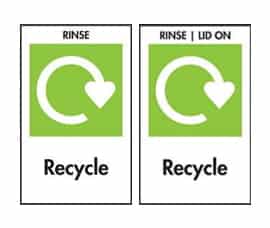 Recycling with Keywords This symbol states a certain action that is needed before it goes into a recycling bin. | 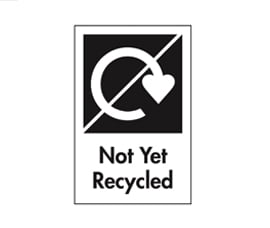 Not Currently Recycled Not Currently RecycledThis symbol shows that less than 20% of local councils currently collect this packaging for recycling. | 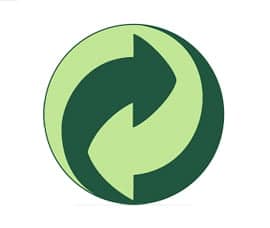 The Green Dot The Green DotThis symbol implies that the packaging is recyclable, that it will be recycled, or that it has already been recycled. | 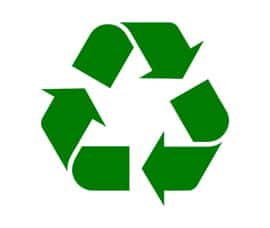 Mobius Loop Mobius LoopThis symbol shows that an object may be recycled, but not that it has been recycled or that it will be accepted in all recycling systems. |
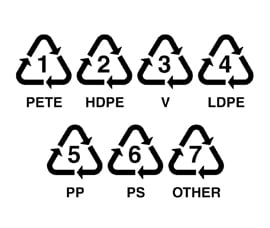 Plastic resin codes Plastic resin codesThis symbol is the mobious loop that specifies the sort of plastic resin used to produce the object. | 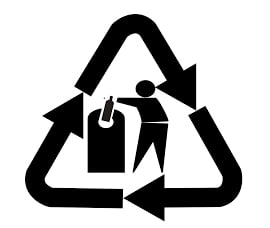 Glass Recycling Glass RecyclingThis symbol indicates that the glass container should be recycled.
|  Recyclable aluminium Recyclable aluminiumThis symbol denotes that the item is composed of aluminium and should be recycled. | 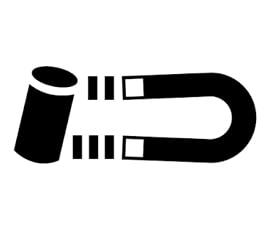 Steel Recycling Symbol Steel Recycling SymbolThis symbol indicates the material is made out of steel.
| 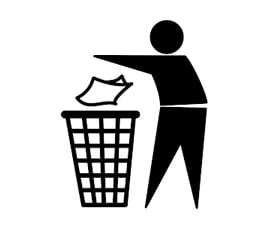 Tidyman TidymanKeep Britain Tidy’s symbol requests you not to litter.
|
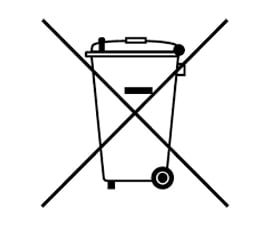 Waste electricals Waste electricalsThis symbol indicates that the electrical equipment should not be disposed of in general waste.
| 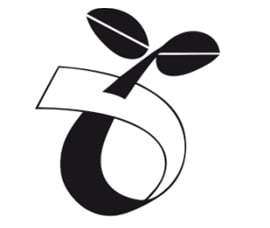 Compostable CompostableThe compostable symbol may be seen on products that have been certified as industrially biodegradable.
| 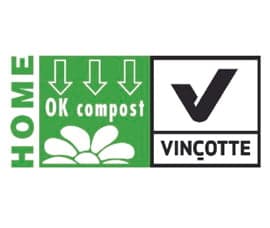 Home composting Home compostingThis symbol, in addition to the seedling symbol, indicates that it is appropriate for home composting. | 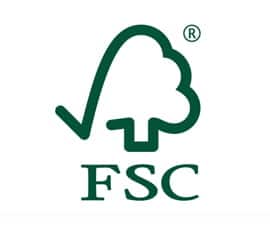 Paper, card and wood Paper, card and woodThis symbol symbolises wood-based goods have been independently certified in line with the FSC’s criteria from well-managed forests. |
Why should we care about recycling symbols?
Following the recycling and packaging labels is vital to moving the UKt toward a circular economy. Throwing waste into the wrong bin can cause recycling contamination. For example, if someone throws food waste into a cardboard recycling stream, it would ruin the efficiency of the recycling process. It may even cause the bulk of the cardboard to be un-recyclable.
By recycling packaging we can reuse materials, reducing the need to consume natural resources. If the discarded materials cannot be recycled, new packaging is created via mining and forestry to obtain raw resources from the Earth. Recycling aids in the conservation of vital resources and the preservation of natural environments.
Recycling packaging in the UK can reduce the transportation of packaging from overseas cutting co2 emissions. Whilst the investment in green infrastructure will create more jobs, boosting the UK’s economy.
What happens if my waste packaging has no symbol
Although not every piece of packaging has a recycling label, it does not mean it cannot be recycled. Recyclenow has a handy recycling locator tool, to show how you can recycle certain materials and where the material can be recycled.
A facility that can handle your packaging
Bywaters MRF located in the heart of London, sorts all types of packaging using state-of-the-art equipment, 24/7. The impressive facility is London’s largest undercover MRF, capable of processing up to 650,000 tonnes of material a year, recovering over 95% of waste to be recycled. If you want to know more about Bywaters facilities, read ‘What happens to your recycling after it’s collected?’.

